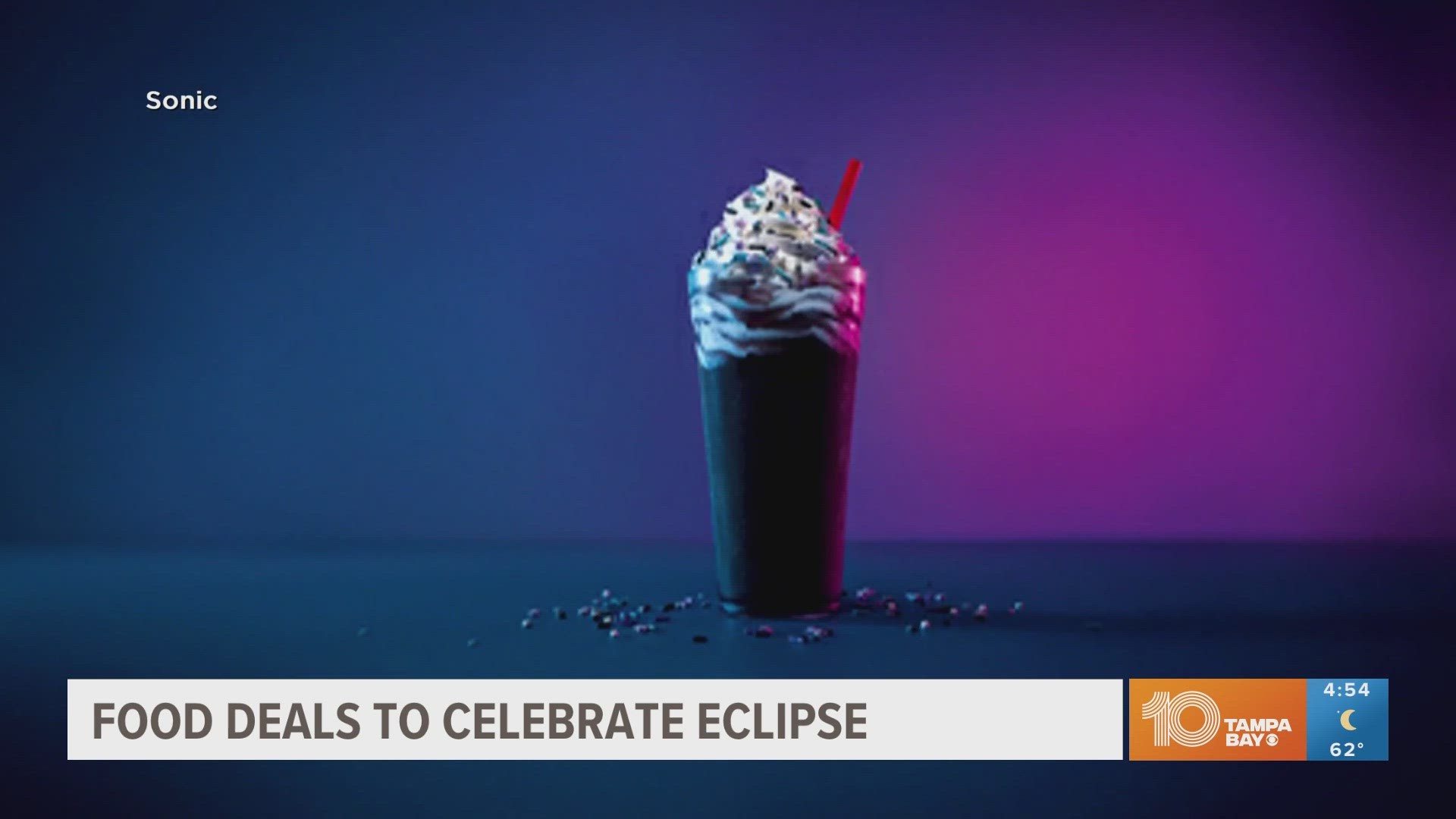INDIANAPOLIS — One of Indianapolis' smaller, more peculiar buildings has been saved from an uncertain future by historic preservationists.
It's just 600 square feet but has a turret. It has ramparts.
It was an early White Castle.
Located in the St. Joseph neighborhood on a sliver of a lot at 660 Fort Wayne Ave., it is Indianapolis' oldest surviving White Castle building and is thought to be the nation's third oldest, Indiana Landmarks said in a statement announcing it had bought the building from the city for $1.
Landmarks will sell it to someone who promises to leave the brick exterior as is and do the necessary rehabilitation work, which isn't much, said Landmarks' Mark Dollase. Despite being empty for a decade, the building's roof is new, and the electrical system works.
In the two business days after Landmarks' announcement, the non-profit group received 10 phone calls from would-be buyers, including one interested in making it a restaurant and several wanting to use it for offices.
The little building was erected in 1927, one of three White Castles that opened in Indianapolis that year. Two didn't survive. The one on Fort Wayne Avenue almost didn't.
It was vacated in 1979 when White Castle built a much larger restaurant at 16th and Illinois Streets. The plan was to demolish the Fort Wayne Avenue building and make it a parking lot.
White Castle executives saw a downside in relinquishing control of the distinctive building by selling it. When a White Castle ceases to be a White Castle, John J. Hurwitz told The Indianapolis Star in 1983, "the first thing they usually do is bulldoze them down" because they are "very persnickety about what would go in there." The building, after all, would still look like a White Castle.
Hurwitz, an Indianapolis commercial real estate broker who handled some of White Castle's real estate business, said White Castle didn't want, for example, a porn store going in. That was a real concern in 1979 when Indianapolis, like other cities, had numerous dirty bookstores and at least a half dozen porn movie theaters.
But preservationists, seeing cultural significance, interfered and stopped the demolition. Hurwitz looked for a buyer, couldn't find one and bought the building himself. He operated his real estate business out of it for more than a decade before selling it to the Indiana National Guard, which used it for a recruiting office. That office closed around 2005, and the building has been vacant since.
If you think the building is small now, you should have seen it before 1930, when it was expanded. In 1927, it had just five stools. But business was so good at the restaurant, where the burgers at first cost a nickel, that three years later White Castle enlarged it, adding four stools.
The pioneering burger chain already had 56 restaurants in Midwestern cities when it entered the Indianapolis market.
"The idea that has been responsible for the remarkable growth of this new type of eating place," The Indianapolis Star explained to its readers on Sept. 17, 1927, "was to meet the increasing demand for the hamburger sandwich."
The hamburger was not brand new in 1927, but it was new enough the newspaper felt the need to add the word "sandwich" and new enough that the character Wimpy would not appear in Popeye the Sailor cartoons until four years later. Wimpy was famous for his catchphrase: "I'll gladly pay you Tuesday for a hamburger today."
The hamburger's origins are disputed, with several towns claiming they are the birthplace, Seymour, Wis., and Clarinda, Iowa, to name two. But there's general agreement about the timing of the invention being about 1900.
But it was White Castle, founded in 1921, that came up with a new way to sell hamburgers, a method that still dominates American eating to this day: the fast-food chain. White Castle was ahead of McDonald's by 13 years.
Historic preservation can mean a lot of things, like fixing up George Washington's Mount Vernon or saving the exterior of Indianapolis' 1931 baseball park Bush Stadium. But a White Castle? Isn't fast food a national health scourge?
"Any time you have a pioneer in an industry, you have to look at it as significant," Dollase said. "America wholeheartedly embraced fast food. It doesn't mean it's all good from a health standpoint, but it's part of American culture, and we have to embrace it for what it is.
"Besides, everything in moderation, right?"
Follow Will Higgins on Twitter: @WillRHiggins


